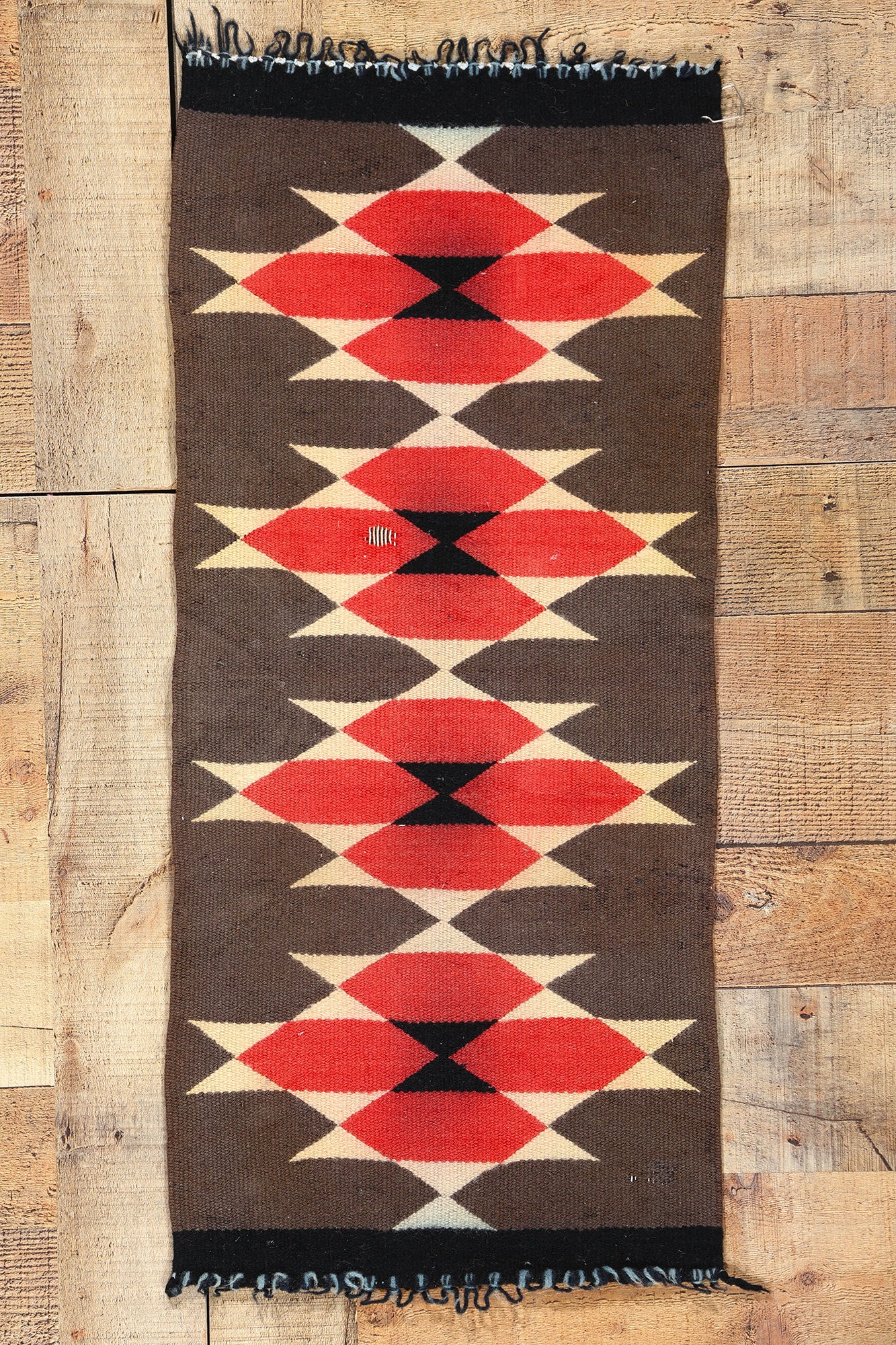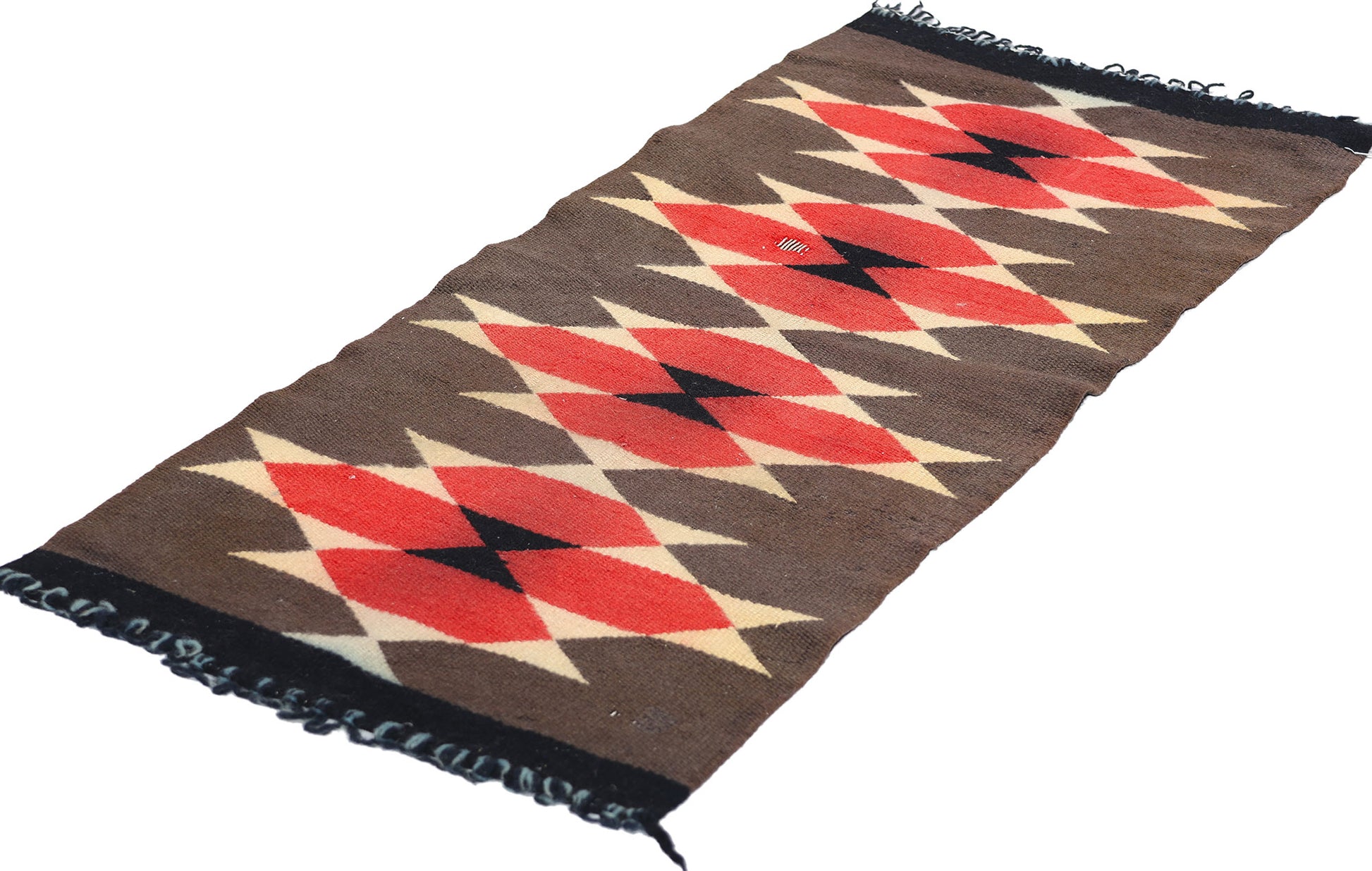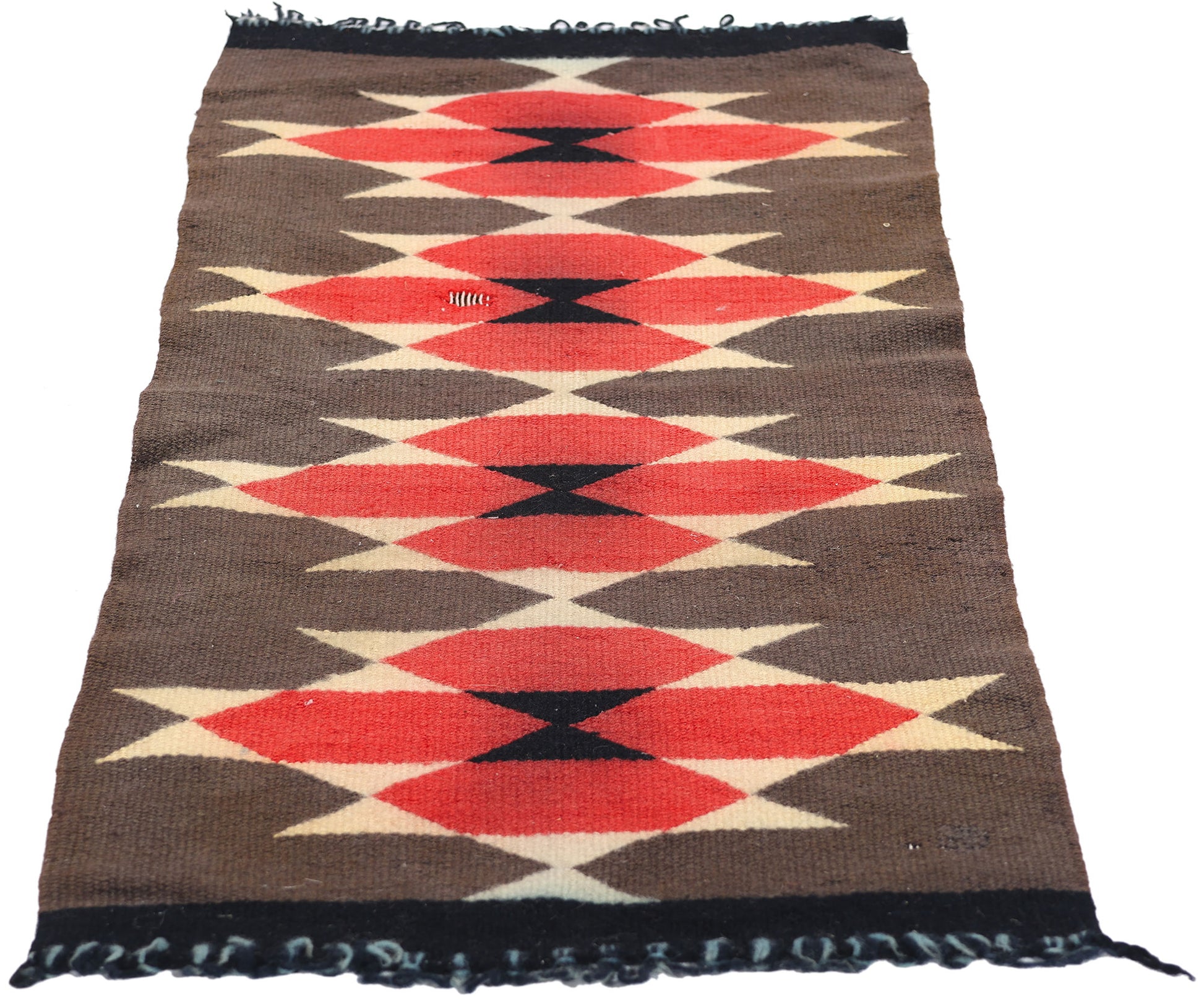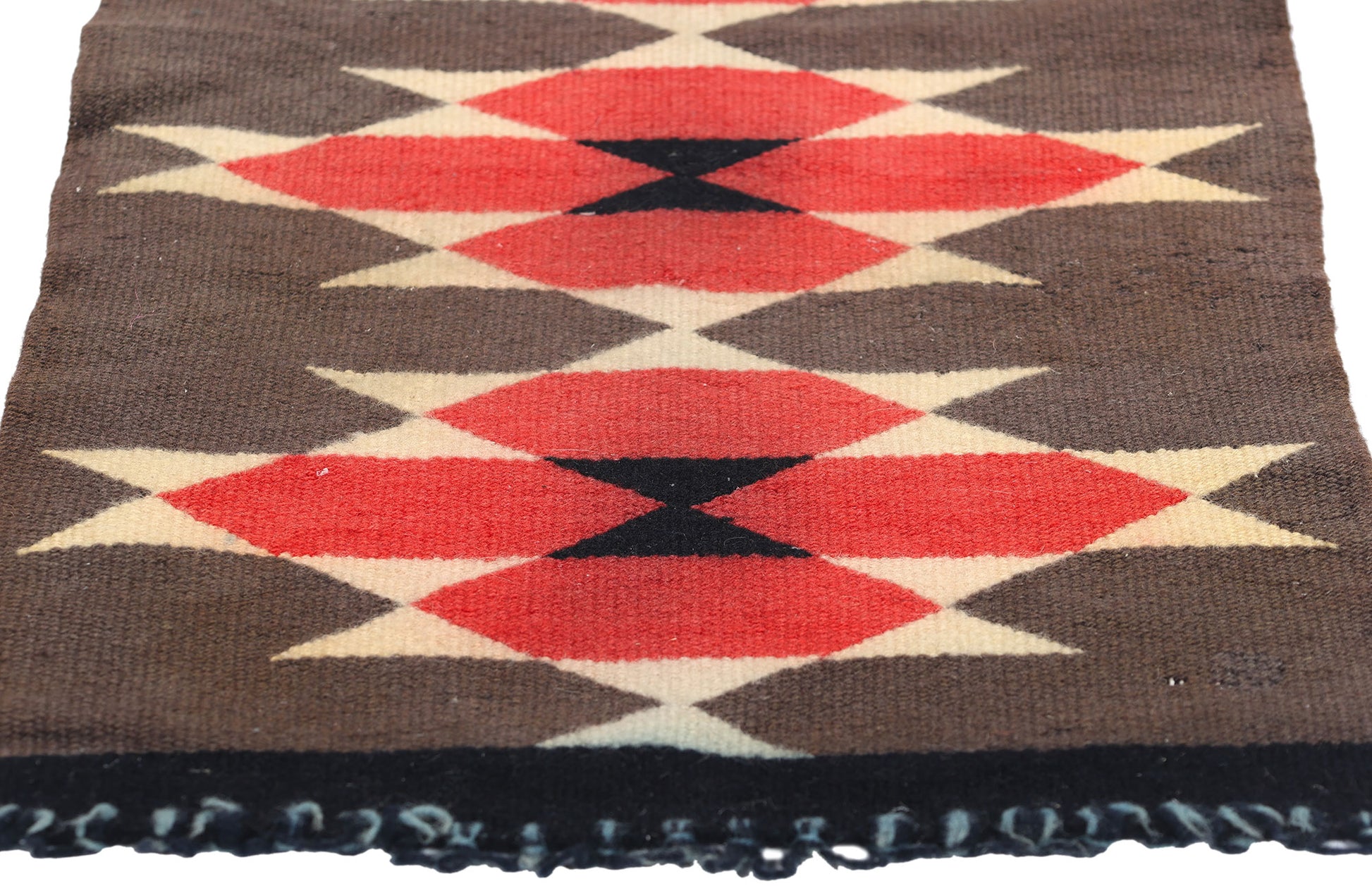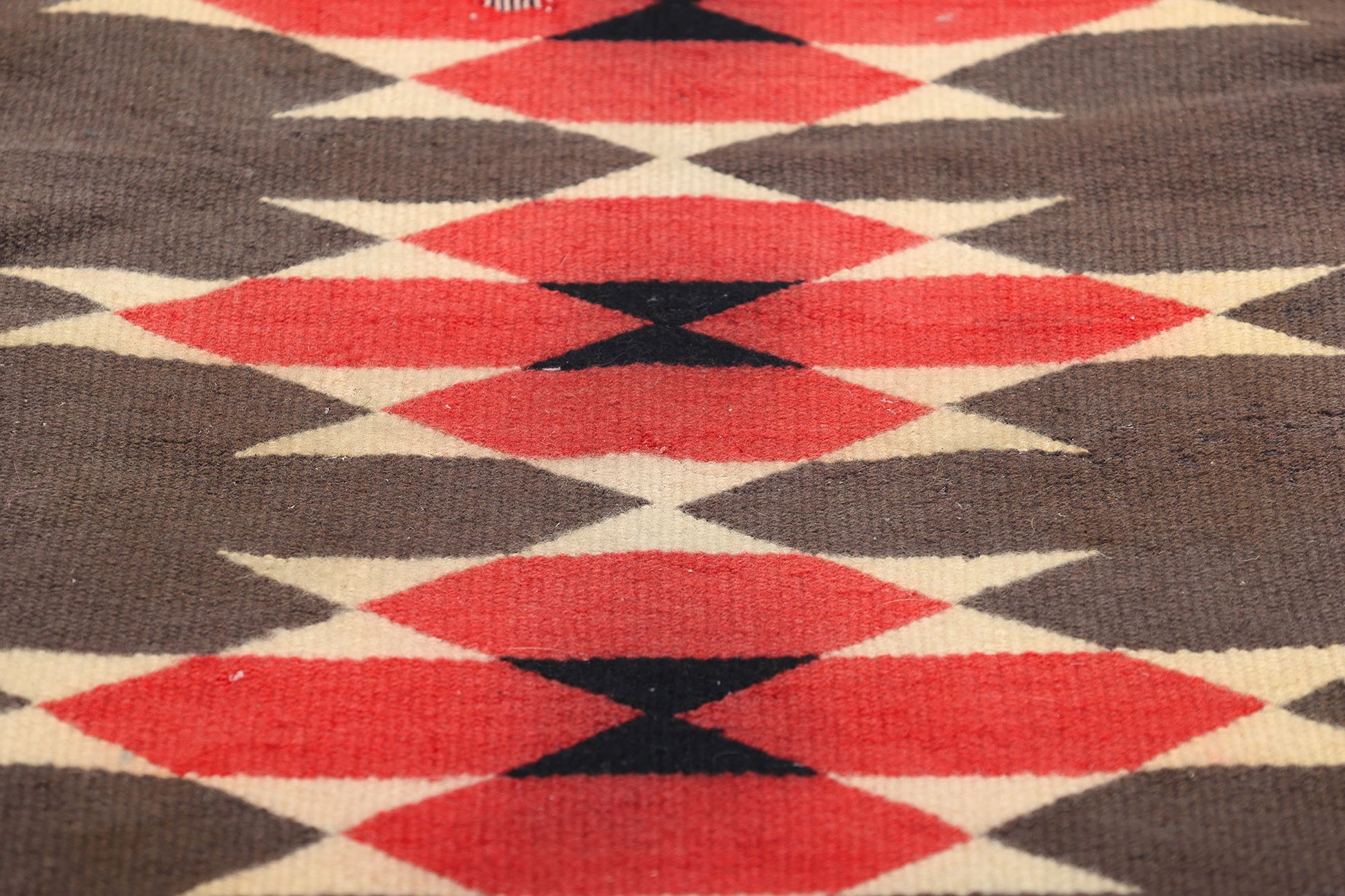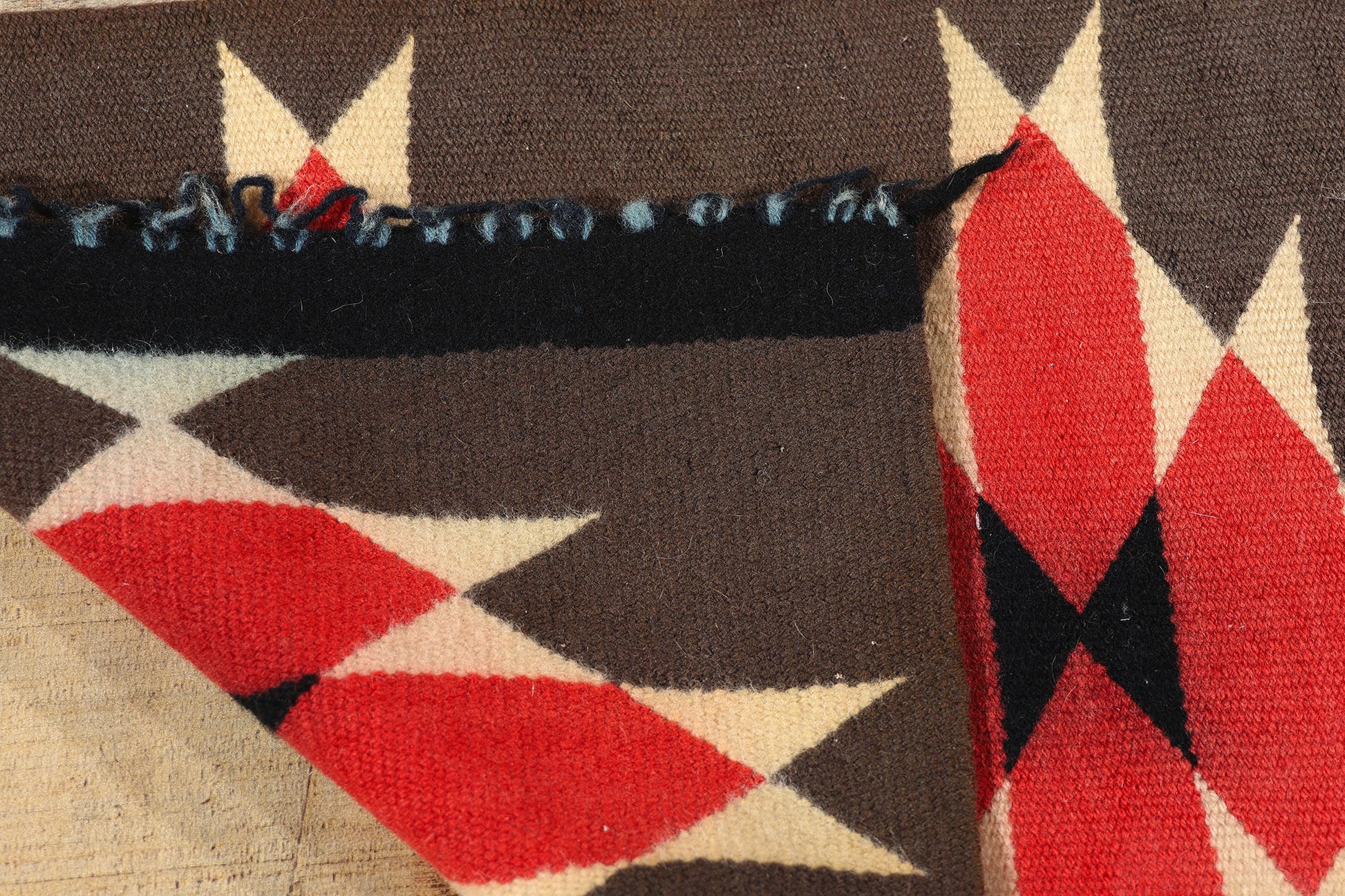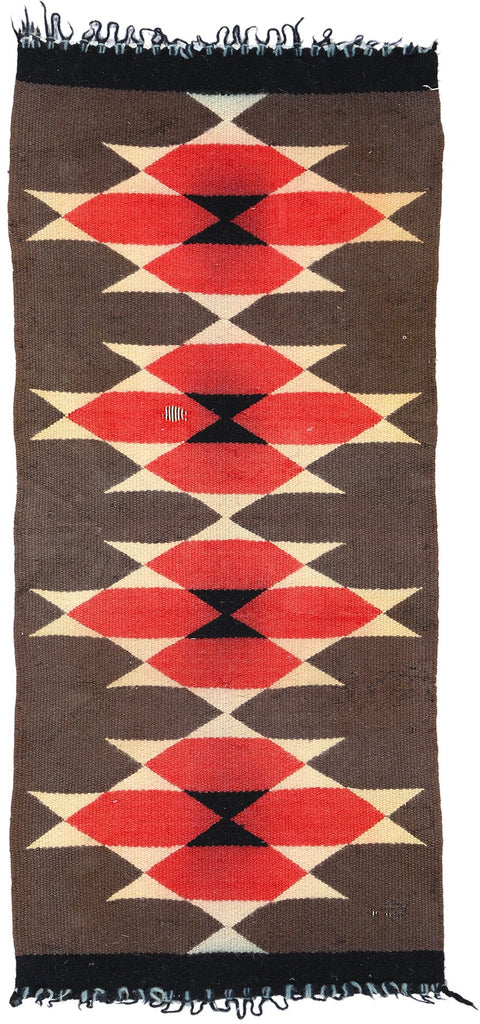1 x 3 Antique Ganado Navajo Rug 78749
1 x 3 Antique Ganado Navajo Rug 78749
Add Rug Pad
Only 1 left in stock: Shipping in 2-5 days
Rug Details
Delivery / Returns / Payment
Shipping Insured worldwide delivery. Most in-stock rugs leave our Dallas warehouse within 2 business days.
Returns Item must arrive in the original condition with tags attached. Return freight & insurance are the customer’s responsibility. We accept:
● 10-day returns for standard purchases
● 3-day returns for promotional-sale items
Refunds exclude outbound shipping & handling.
Payment Checkout online with all major cards, or call (214) 651-7847 to pay by phone. Checks are welcome; we ship once funds clear.
Trade Clients Qualified trade accounts may request rugs on approval—simply choose “Trade Approval” at checkout and we’ll arrange two-way logistics.
Care Instructions
● Vacuum with the beater bar off and always in the direction of the pile.
● Rotate 180° every 6 months for even wear and sun-fade balance.
● Blot spills immediately with a white cloth—never rub.
● Use a breathable rug pad to prevent slipping and fiber stress.
● Schedule a professional hand-wash every 3–5 years (sooner for high-traffic or pets).
Need in-depth guidance? See our full Rug Care Guide.







Inquiry
Please send us a message for pricing and questions regarding this product!
Description:-
78749 Antique Ganado Navajo Rug, 01'03 x 02'10.
Ganado Navajo rugs are handwoven textiles originating from the Ganado region in northeastern Arizona, crafted by Navajo artisans primarily using locally sourced wool from Navajo-Churro sheep. These rugs are characterized by bold geometric patterns and vibrant colors, with red being a prominent hue achieved through cochineal dye. Designs often feature intricate diamond shapes and stepped motifs, woven using the Navajo or flatweave technique on vertical looms. Ranging in size from small accent pieces to room-sized rugs, Ganado Navajo rugs hold cultural significance and are prized for their durability, craftsmanship, and artistic beauty, appealing to collectors and enthusiasts alike.
Woven at the confluence of tradition and endurance, this handwoven wool antique Ganado Navajo rug is a rhythmic testament to the enduring artistry of Dine weavers. Crafted in the spirit of the late 19th to early 20th century Ganado style—named after the influential trading post in Ganado, Arizona—this piece reverberates with the pulse of its heritage. A bold linear procession of stacked serrated diamonds commands the length of this narrow formeat, likely woven for utilitarian or ceremonial use, yet it unfolds like a visual chant. The sharp-edged diamonds—red as desert fire and edged in warm ivory—float upon a field of weathered brown, forming a symmetrical, almost architectural spine that grounds the piece in quiet strength.
The palette, grounded in vegetal and early aniline dyes, speaks to the earth: the reds evoke iron-rich mesas at sunset; the ivory, sun-bleached bone; the blacks, volcanic obsidian; and the soft browns, the fertile clay of sacred ground. These hues are not ornamental—they are devotional. Each triangle, each diamond point, is more than geometry: it is prayer in pattern, a woven echo of Four Sacred Mountains, of protection, direction, and interconnected life. The central black hourglasses at the core of each motif act as gateways between physical and spiritual realms, anchoring the eye with their depth and mystery. The repetitive structure of the design offers a visual rhythm that mirrors the weaver’s breath, the loom’s cadence, and the steady passage of time.
There is restraint here, and power in that simplicity. The weaver has chosen not to crowd the kilim with extraneous ornamentation, but to allow the composition to speak through repetition and alignment. The central motifs extend like constellations across the cosmos of the Navajo rug’s surface, radiating harmony and order. The fine handspun wool lends a natural abrash—subtle shifts in tone and fiber that reveal both the weaver’s hand and the sheep's gift. A single repair near the center reads not as flaw but as memory—a moment of renewal woven into the legacy of the cloth.
This Ganado Navajo rug is more than a textile; it is a woven map of cosmology and craftsmanship. Whether displayed upon a gallery wall or laid with reverence in a quiet architectural space, it brings with it the breath of the high desert, the wisdom of countless generations, and the elegance of elemental design. In its deliberate geometry and radiant restraint, it remains a profound expression of balance, identity, and the sacred language of the loom.
- Rendered in variegated shades of brown, red, black and beige with other accent colors.
- Distressed. Abrash.
- A couple of holes. Some color run.
- Handwoven wool.
- Made in America.
- Measures: 01'03 x 02'10.
- Date: 1910s. Early 20th Century.
Faq
Collapsible content

Do you offer rug-related services?
Yes, Esmaili Rugs offers several services to maintain and enhance your rugs.
Do you have a trade program for professionals?
Yes, Esmaili Rugs has a Trade Program designed for interior designers, architects, and other trade professionals. This program offers exclusive benefits and services tailored to professional needs.
How can I contact Esmaili Rugs for inquiries or support?
You can reach out through the "Contact Us" page on their website. Additionally, Esmaili Rugs is active on social media platforms like Facebook and Instagram, where you can connect and stay updated on their offerings.
Can I schedule an appointment for personalized assistance?
Absolutely. Esmaili Rugs offers concierge appointments with their internationally respected rug expert team. This service is ideal for collectors, interior designers, and anyone seeking personalized guidance.
What types of rugs does Esmaili Rugs offer?
Esmaili Rugs provides a diverse selection of rugs, including Moroccan, Turkish, Persian, Oushak, Chinese, and Tapestries. These are available in various sizes such as small, medium, large, extra-large, runners, round, square, and custom dimensions.


